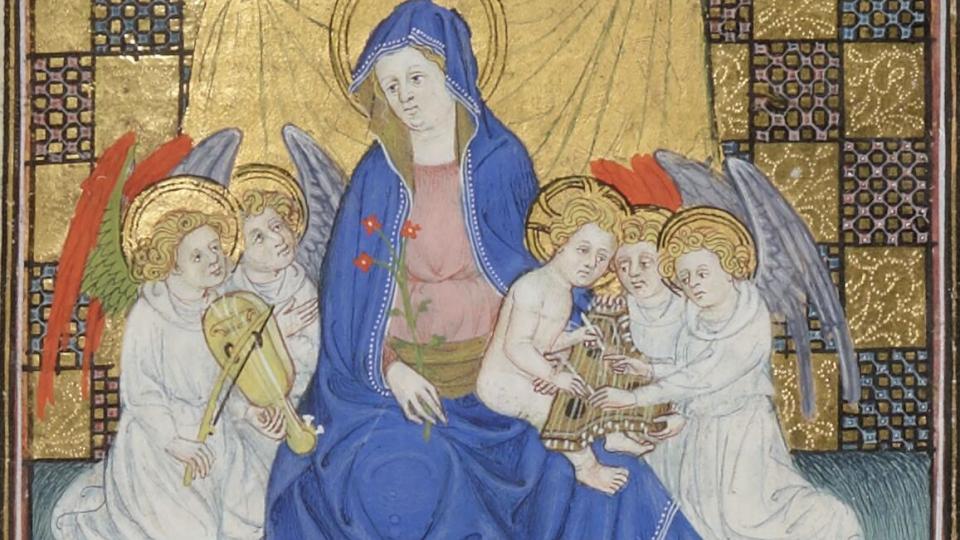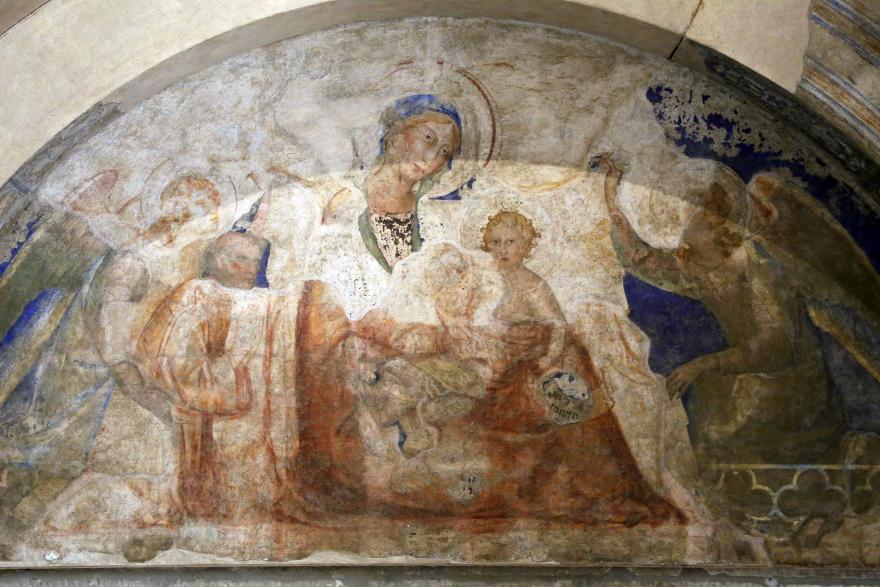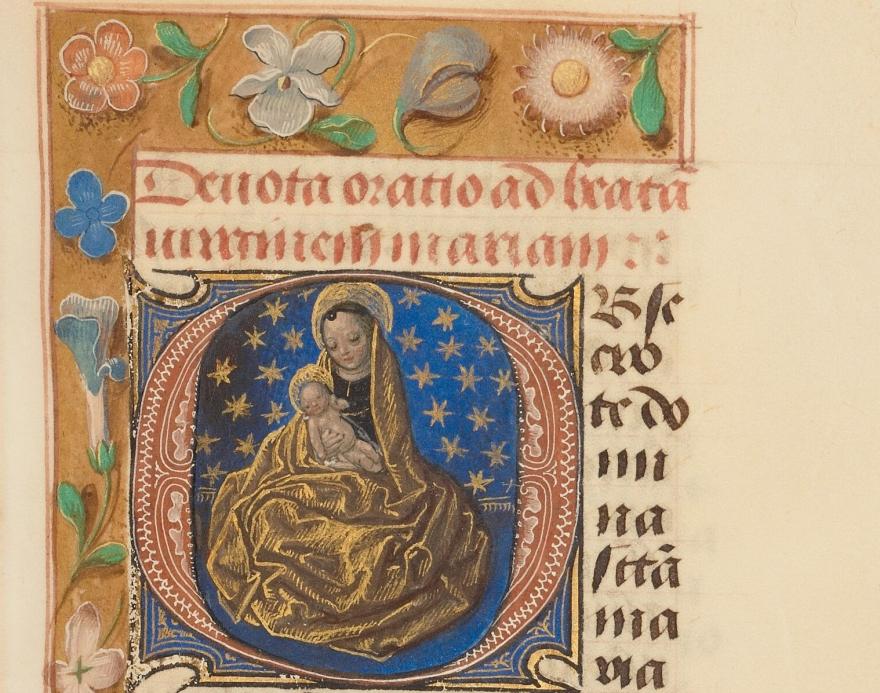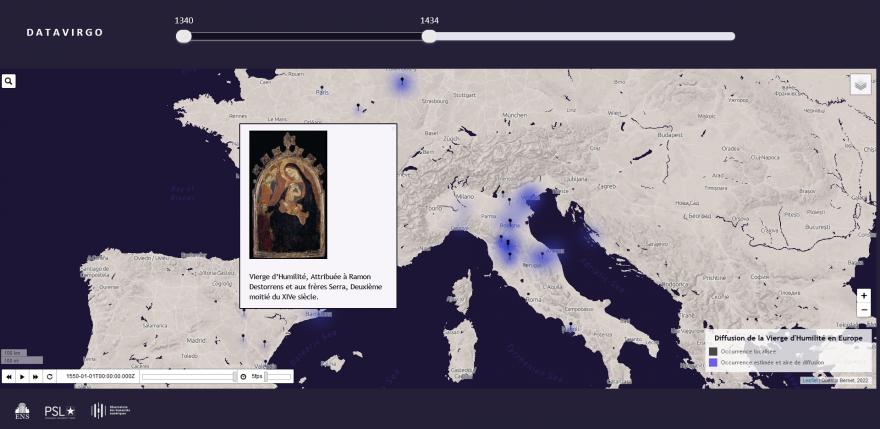
DataVirgo : following the Marian iconography

Led by Quentin Bernet, the DataVirgo project analyzes the diffusion of an iconographic motif between the 14th and 16th centuries: the Virgin of Humility. It mobilizes digital cartography to serve the formal analysis of works in art history.
Genesis of DataVirgo
At the origin of the project is the will to question the potentialities offered by digital tools for iconographic analysis, by trying to model the dynamics of an iconographic subject, its displacements, its density by regions and its variations, thanks to an interactive map. The objective was, in a first step, to have an idea of the axes of circulation of iconographic models, between several centers of artistic dynamism.
For this purpose, it was decided to choose a concrete iconographic phenomenon that is limited in time: the Virgin of Humility.

Suddenly appearing around 1340, this variant of the Virgin and Child is characterized by the fact that instead of being on a throne, Mary is seated on a cushion or a light support such as a stone, or even on the ground. This phenomenon developed rapidly in Europe, before declining during the 16th century.

The contribution of digital humanities
The DataVirgo project analyzes the diffusion of iconography year by year, its density and its variants. Each iconographic subgroup can be isolated to be analyzed in light of its chronological and geographical context.
The map is developed from a CSV file containing all the data. The map allows a dynamic and relevant exploitation of the data, by displaying for each work its main information as well as a reproduction, also acting as a link leading to a more complete notice. The map being printed via an algorithm (an iteration), it can be easily updated as the data set grows.

See the code on Quentin Bernet's GitHub.
Team and Funding
Project owner and developer : Quentin Bernet
Associate member : Léa Saint-Raymond
Project funded by an internship in the IMAGO center
Publication
- Quentin Bernet, "La Stigmatisation Bertarelli : entre sérialité et singularité ?", in Léa Saint-Raymond (dir), Fortune et circulations des images en Europe, Paris, Mare & Martin, à paraître (2022)
